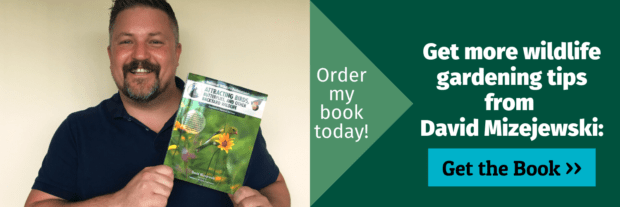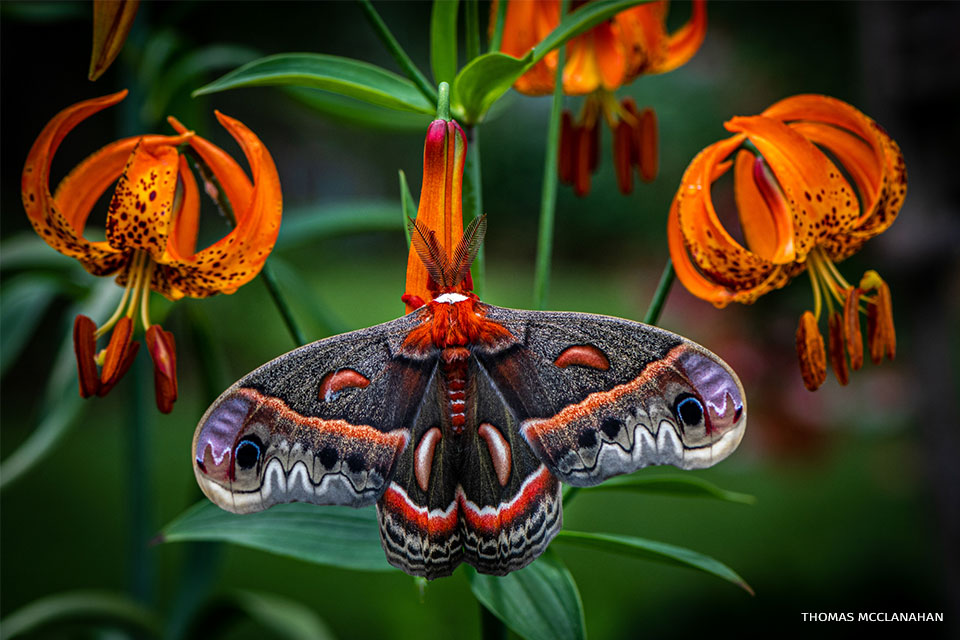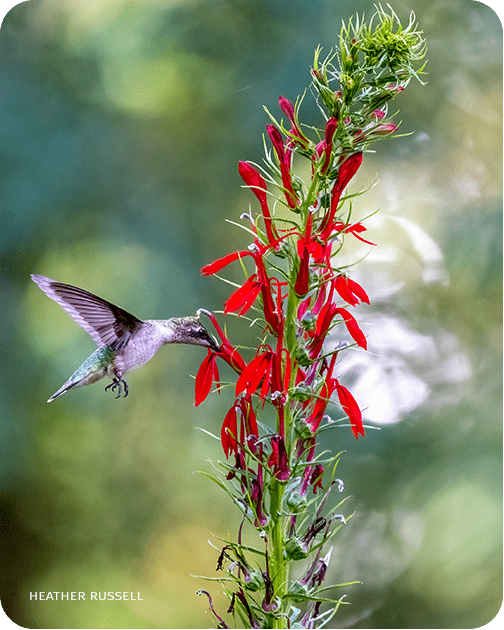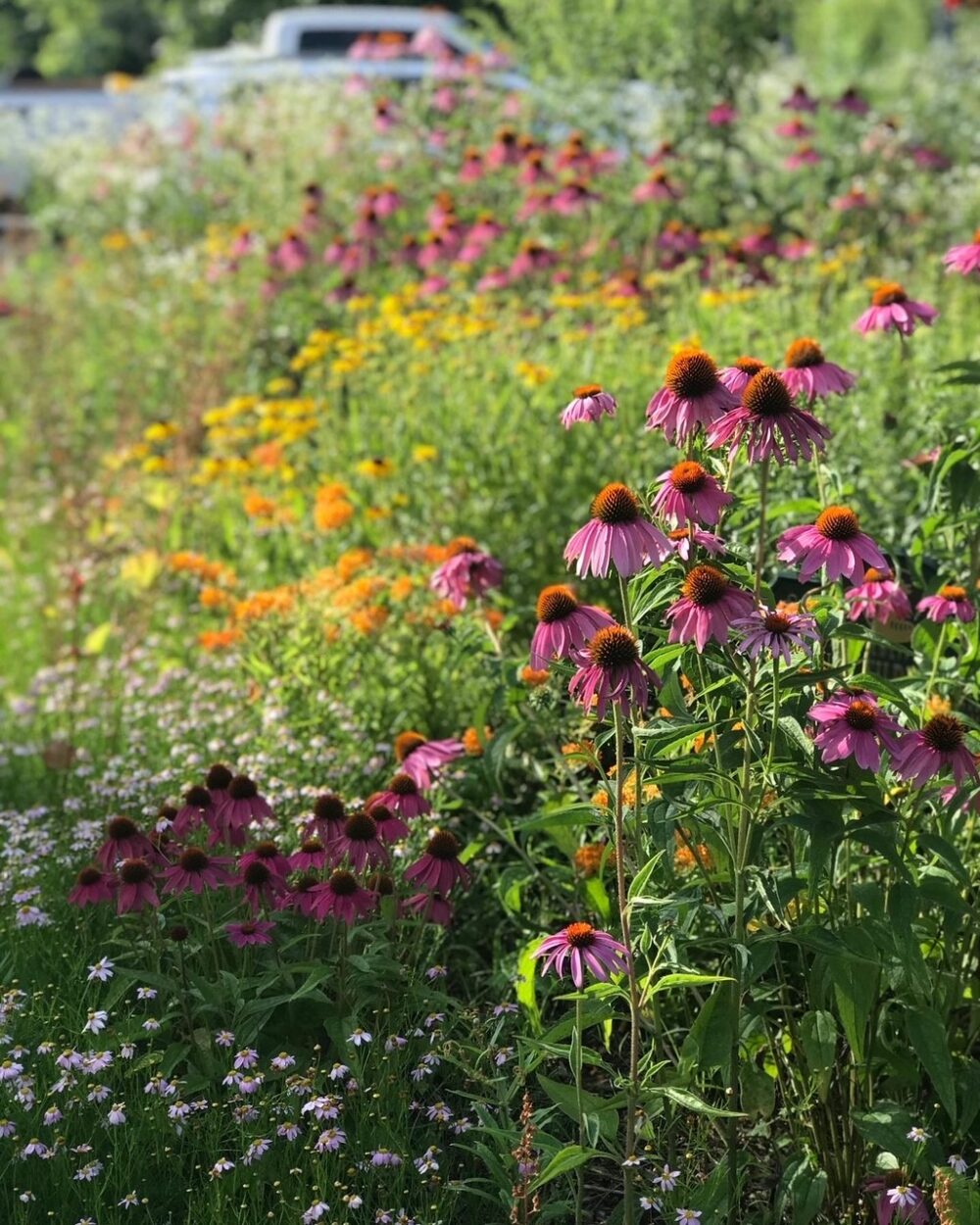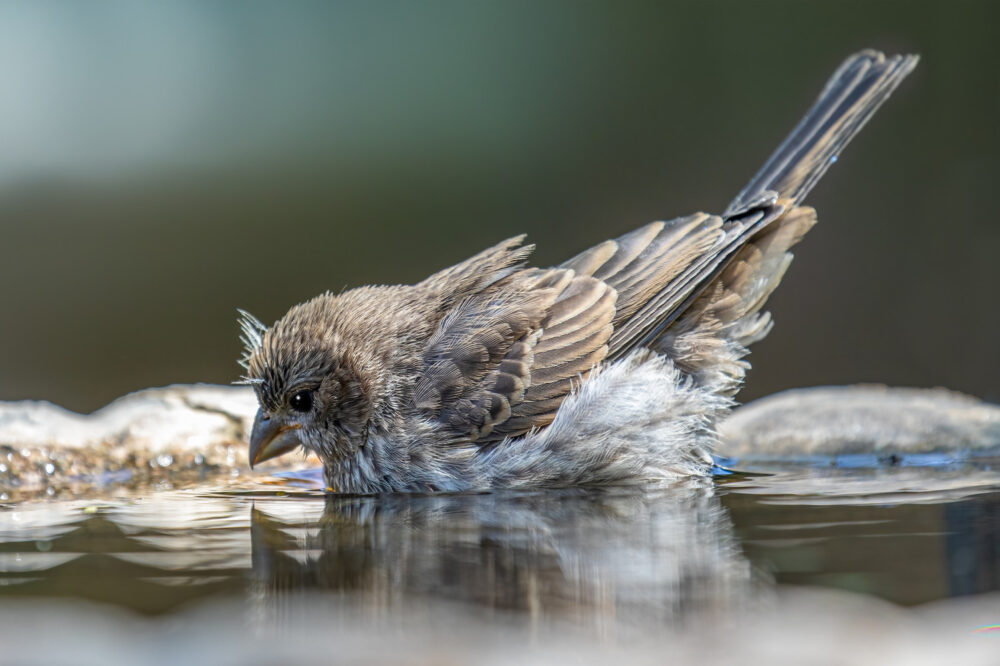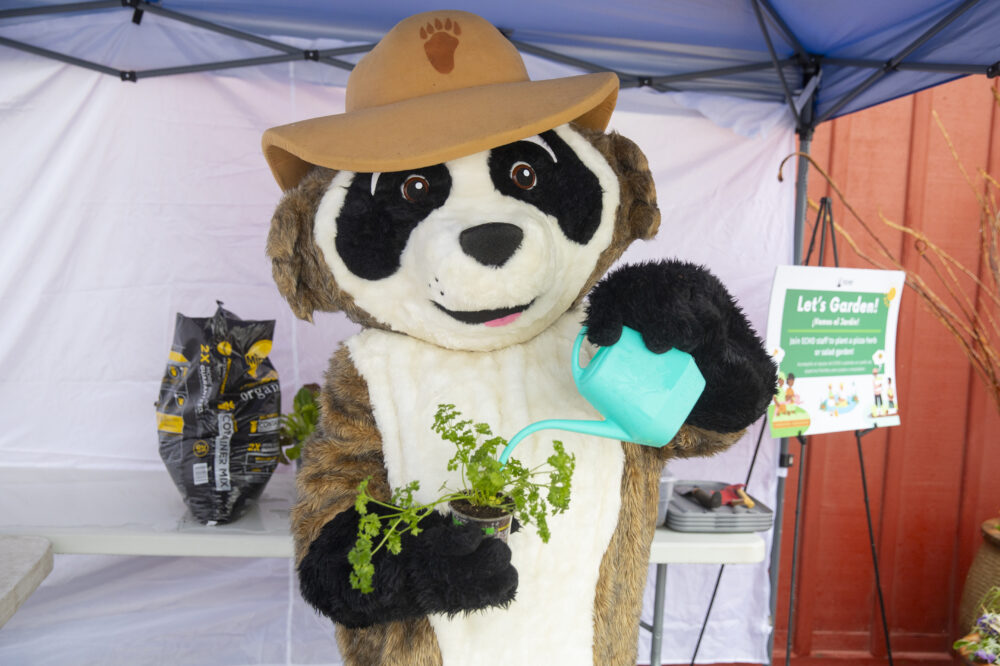We have much more to do and your continued support is needed now more than ever.
Top 7 Garden for Wildlife Questions, Answered
During Garden for Wildlife Month we heard from many of you with questions about creating the best wildlife-friendly gardens. Here are answers to seven of the most frequently asked questions. If you’re a Wildlife Gardener who hasn’t yet certified your garden with National Wildlife Federation, there’s no time like the present! If you’re not ready to certify your garden yet, you can still join the program for free simply by signing up for our monthly newsletter here.
1. How can I encourage good bugs but discourage bad bugs at the same time?
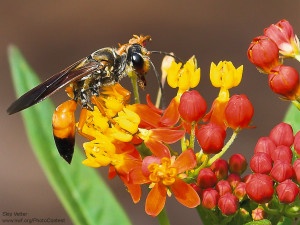
The best way to avoid problems with pest insects is to have a diverse garden. Start by planting a variety of native plants. This reduces pest problems because if you only have a few types of plants, you are more likely to attract that specific plant’s pests. It’s harder for pests to find plants when they are mixed in with lots of other species. Also, any chewing that pests might do on a plant will be less noticeable if the plant isn’t all by itself or in a clump with no other plants around it. Diversely planted gardens attract more beneficial insects and pest predators such as birds, dragonflies, toads and lizards, especially if you’re using native plants.
You should also re-assess what you consider pests. “Good bugs” and “bad bugs” are relative terms. Some insects, such as wasps, are often considered bad because of the tiny chance that they might sting someone. But wasps are incredible predators, tirelessly patrolling your garden for insect prey, and as such do far, far more benefit than harm.
2. It took two years and 20 native plants to get honey bees to my yard. We’ve added more natives this year. What are some other ways to attract them?
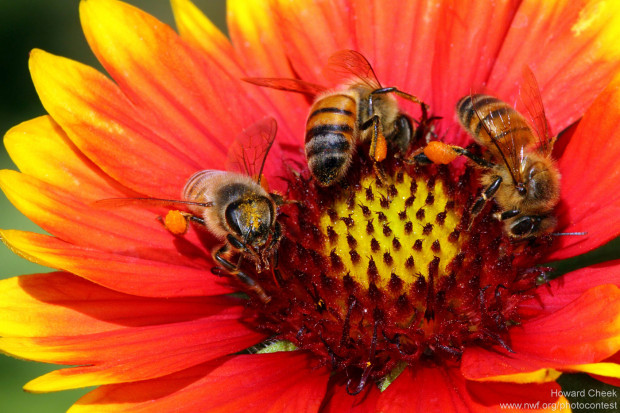
Thanks for thinking about the bees! Native flowering plants are the biggest attractant for bees. That goes for honey bees and the thousands of native bee species–including bumble bees, mason bees, leafcutter bees, squash bees, carpenter bees, and more—that also need our help. Just as important is getting rid of pesticides. Even organic or “natural” pesticides are designed to kill and can be problematic.
3. What pesticides are commonly available in garden centers but toxic to wildlife?
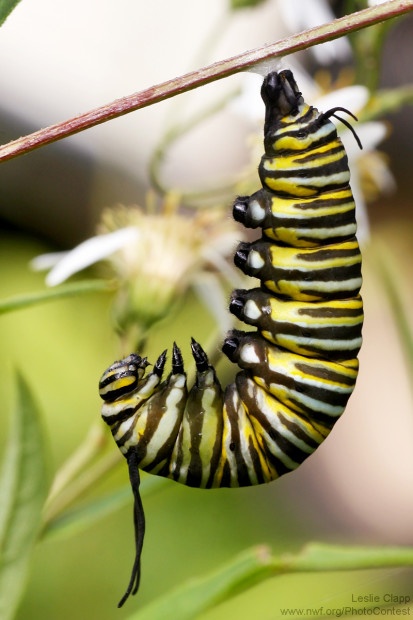
Pesticides by their very nature are toxic, at least to some forms of life or another. Broad spectrum insecticides kill all insects, and such nondiscriminatory chemicals should definitely be avoided. Some of these are also toxic to non-target species such as fish, birds or even mammals (including humans). Others effect certain groups of insects and are considered less dangerous because they are more targeted, such at Bt-based pesticides (Bt are naturally occurring soil bacteria that affect specific groups of insects). Just remember that even Bt will kill the caterpillars of the butterflies you want to attract as well as those of the species you don’t. Here’s a good resource on the issues surrounding pesticides and choosing how you want to deal with pests in the garden.
4. I want to plant milkweed to help monarch butterflies. Where can I buy it and how do I grow it?
Planting milkweed is a really important action that all gardeners should do, as monarchs are suffering severe and dangerous population declines largely due to the loss of milkweed across America. Milkweed is the only host plant for monarch caterpillars. Without it, monarchs can’t successfully reproduce. There are a few dozen species of native milkweed to choose from; check out the milkweed species profiles from the Lady Bird Johnson Wildflower Center to learn more about each. Some are wild plants that are best gotten through local native plant sales and plant swaps, or by propagating from seeds that you collect yourself. Others are cultivated and commonly available in garden centers, such as swamp milkweed, butterflyweed and desert milkweed. Ask for them at your local nursery, contact your state native plant society for a list of nurseries, and be sure to check out NWF’s American Beauties Native Plant program, which carries several milkweed species.
5. What are natural ways to discourage invasive insect species? The specific ones I am interested in are Japanese beetles and stink bugs.
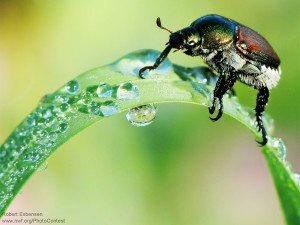
Unfortunately, there’s not much that can be done about invasive exotic species once they are introduced and established. The most important thing is to prevent them from becoming established in the first place. Never release any animal—insect or otherwise—from one place into another. Support legislation that limits the deliberate movement of species by people.
In the garden, pheromone traps can be effective at luring Japanese beetles away from prize plants (or they could attract more of these beetles to your yard). Here are some good tips for preventing Japanese beetle grubs in your lawn. Brown marmorated stink bugs are a newer invasive and gather in large numbers inside homes for the winter. The best defense is to seal any cracks or crevices in your home.
In the big picture, however, focus on adding a great diversity of native plants to your landscape (see question No. 1 above). Such landscapes rarely attract large numbers of pests and those that do show up are kept in check by birds, toads and predatory insects.
6. How do you balance “create a brush pile as a habitat for wildlife” with a fire-safety zone. I’m in northern California, where we’re supposed to keep 100 ft. clear around out homes. I do worry about dead wood and plants, because they are a fire hazard.
This is a great example of the fact that there are so many different ways to provide the four components of habitat (food, water, cover, places to raise young) for wildlife and qualify to have your garden certified by NWF. Brush piles are a wonderful way of providing cover for wildlife, but they are by no means required. If you live in a fire-prone area, they are probably not the best idea. Instead, provide cover by building a rock pile or wall, by densely planting shrubs (away from the house is fine), installing roosting boxes, and protecting the existing native vegetation. Similarly, if you live in an urban area were rats might be an issue, a brush pile near the home is not recommended.
7. Please talk about the best way to keep black bears away from your home.
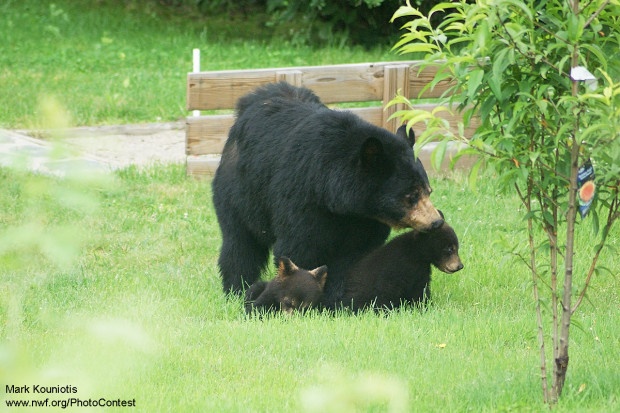
Bears will focus on visiting a yard or house where they get large amounts of food, usually in the form of trash, pet food, bird feeders and handouts from people deliberately feeding them. Bears generally don’t become a problem in gardens that feed the birds and other smaller wildlife primarily with native plants and the insects they attract.
Store your trash indoors or in bear-proof containers, don’t feed pets outside, and take bird feeders down in the warm months if bears are feeding from them (put them back up in winter when bears are sleeping). Most important of all, never feed the bears deliberately, which caused them to lose their fear of people and associate us with food, which can create a dangerous situation and usually ends up with a dead bear. This goes for raccoons, foxes, opossums, skunks and any carnivorous or omnivorous mammal.
Become a Wildlife Gardener
![]() Become a Wildlife Gardener with National Wildlife Federation. It’s free and you’ll get great wildlife gardening tips and learn how to certify your garden as an official habitat.
Become a Wildlife Gardener with National Wildlife Federation. It’s free and you’ll get great wildlife gardening tips and learn how to certify your garden as an official habitat.
